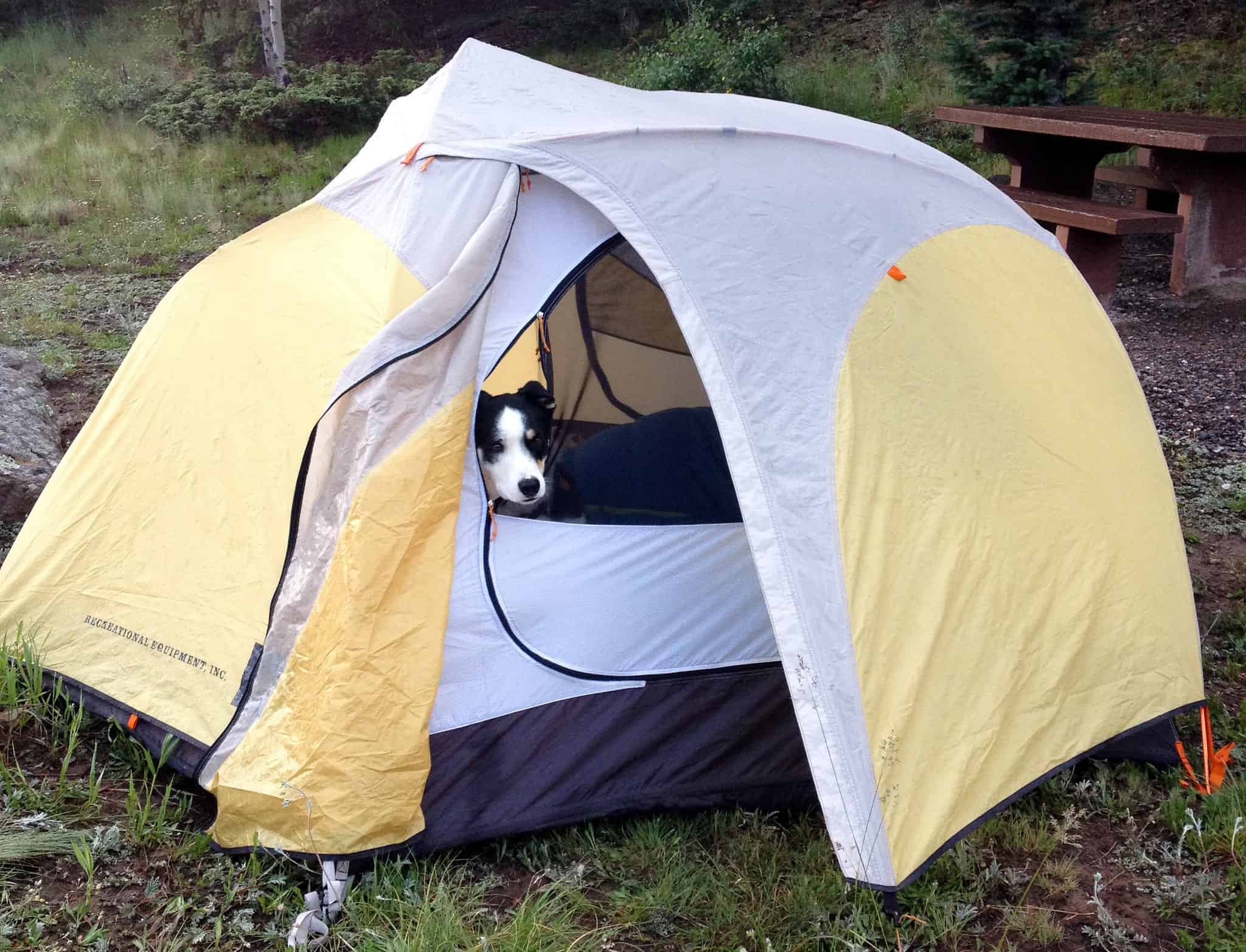To pick a tent for you and your dog you must first have a general idea of how many people (and dogs) you need the tent to fit. If you and your dog have never been camping in a tent together it is likely best to limit the number of guests that can fit in your tent. In other words, keep your tent modest.
This is for you, but mostly for your dog; if your dog is familiar with everyone their sharing a small space with they will tend to act better, sleep better, and be less bothersome to you. For this reason, it would be my suggestion to select a 2 to 3 person tent as a good starting spot for your dog camping efforts.
Unless you have a giant breed of dog, 35 square feet of tent space will be plenty large for one to two people and a dog.


Comments are closed.